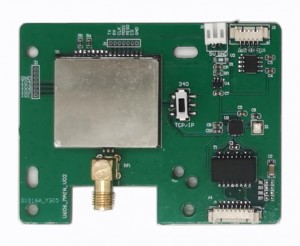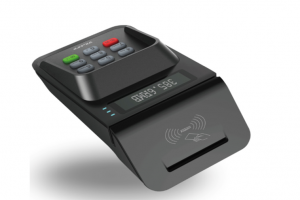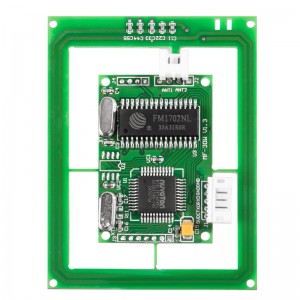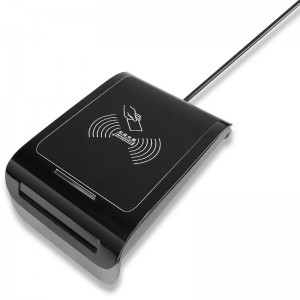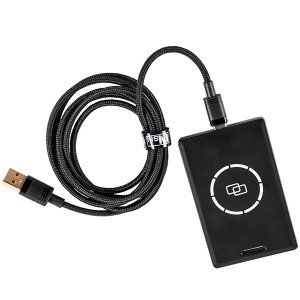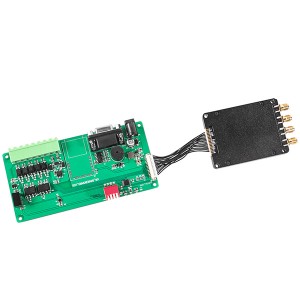Working principle of RFID (illustrated)
The basic model of the radio frequency identification system is shown in Figure 8-1. Among them, electronic tags are also known as radio frequency tags, responders, and data carriers; Readers, also known as readout devices, scanners, communicators, and readers (depending on whether electronic tags can wirelessly rewrite data). The spatial (contactless) coupling of RF signals between electronic tags and readers is achieved through coupling components. Within the coupling channel, energy transfer and data exchange are achieved based on temporal relationships.
There are two types of RF signal coupling that occur between the reader and the electronic tag.
(1) Inductive coupling. The transformer model is coupled through a high-frequency alternating magnetic field in space, based on the law of electromagnetic induction, as shown in the figure.
(2) Electromagnetic backscatter coupling: a radar principle model, in which the emitted electromagnetic waves are reflected upon contact with the target and carry back the target information, based on the spatial propagation law of the electromagnetic waves
The inductive coupling method is generally suitable for close range radio frequency identification systems operating at medium and low frequencies. Typical operating frequencies include 125kHz, 225kHz, and 13.56MHz. The recognition action distance is less than 1m, and the typical action distance is 10-20cra.
The electromagnetic backscatter coupling method is generally suitable for long-distance radio frequency identification systems operating at high frequencies and microwaves. Typical operating frequencies include 433MHz, 915MHz, 2.45GHz, and 5.8GHz. The recognition action distance is greater than 1m, and the typical action distance is 3-10m
Technical schematic diagram of RFID reader and writer

Low frequency RFID technology has been used for close range access control management. Due to its low signal-to-noise ratio, its reading distance is greatly limited, and the low-frequency system has poor anti-collision performance. When reading multiple labels simultaneously, the speed is slow, and the performance is also easily affected by other electromagnetic environments. 13.56MHz high-frequency RFID products can partially solve these problems, with fast tag reading speed, the ability to read multiple tags simultaneously, diverse forms, and reasonable prices. However, the 13.56MHz RFID product has poor penetration through conductive media such as liquids, high humidity, and carbon media, and due to its frequency characteristics, the recognition distance is short. RFID products ranging from 860 to 960MHz are often recommended for use in supply chain management. Ultra high frequency products have long recognition distances and can achieve high-speed recognition and simultaneous recognition of multiple tags. But ultra-high frequency cannot penetrate conductive media such as metals at all. In order to address the limitations of RFID systems in identifying specific items (high humidity) caused by their operating frequency, low-frequency and high-frequency frequencies can be integrated into one chip.




